It would be really helpful if someone could figure out a simple way to incorporate fresh zucchini into a sauce that is both flavorful and beautiful in look.
It is possible to make an Amazing Quick Zucchini Pasta Sauce to Amaze Your Guests for this easy recipe in advance and keep it in the refrigerator or freezer so that it can be used at a later time.
If you do this, you will save yourself some time when it comes time to prepare the dish. Finding a straightforward approach to integrating fresh zucchini into a flavorful sauce for spaghetti would be a finding that would be very much appreciated.
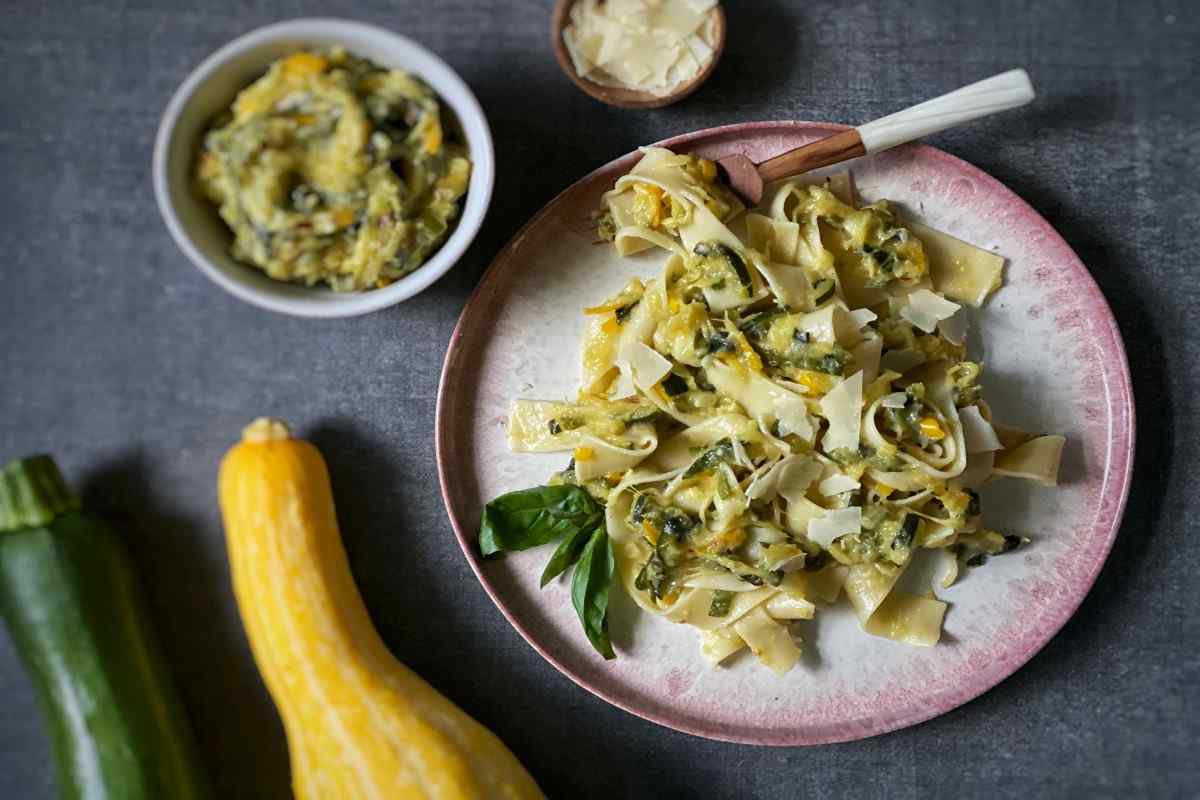
This simple dish may be ready to eat in about half an hour, and the sauce can be prepared in advance and kept in the refrigerator or freezer for use at a later time.
This dish is elevated to a new level of deliciousness by the presence of navy beans, which are rich in both protein and iron and are found in the accompanying sauce.
The following are the necessary instruments and materials:
You’ll find a list of the ingredients for this spaghetti dish further down the page for your convenience. Zucchini: However, zucchini of either size may be used to make this meal.
Flavor-wise, zucchini that are smaller or medium in size are preferable to those that are bigger; however, zucchini of either size can be used to make this dish. Cloves of garlic are used because their taste contributes significantly to the overall profile of the sauce.
In place of the garlic called for in this dish, you might substitute shallots or onions instead. In place of the olive oil called for in this recipe, you might substitute unsalted butter instead.
Kidney beans: I include kidney beans in a lot of my recipes because they help thicken the sauce and enhance the nutritional value of the dish. The white kind of cannellini bean is always the one I reach for first.
Even while they are not required, adding leaves of basil, parsley, or spinach is a terrific way to improve the flavor of the sauce while also giving it a bright green color.
Any kind of spaghetti will suffice for this conversation on pasta. Parmesan cheese gratings, lemon zest, and freshly ground black pepper should be sprinkled on top before serving (optional but recommended).
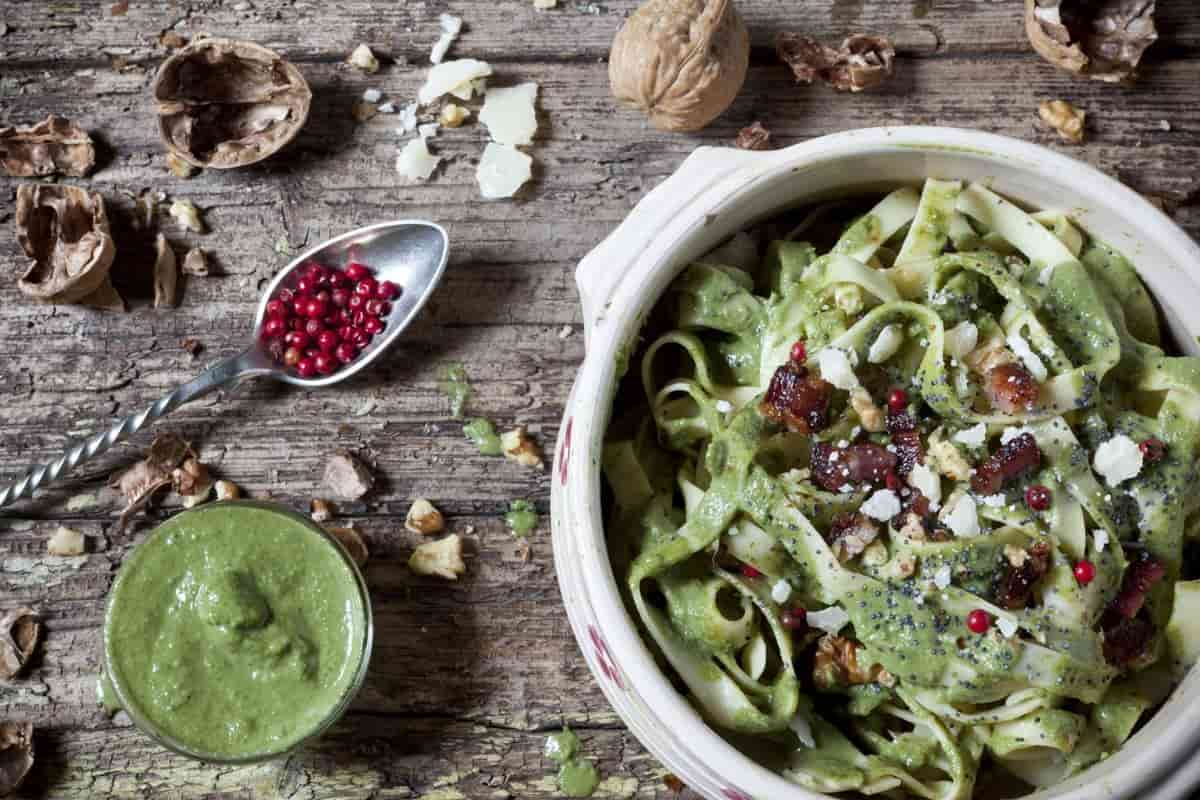
Detailed Description of the Procedures:
In the following, each stage of the recipe’s preparation is broken down into its parts in greater detail. To go reading, just keep going down the page and scrolling down.
The single most important thing to remember to do before draining the noodles is to set aside some of the boiling water in which the pasta was cooked. This should be done as soon as possible.
This is going to be used to dilute the sauce that was formed from the zucchini that you previously prepared. Preparing the pasta so that it may be eaten. While you wait, prepare the zucchini by cutting it into thin slices, and the garlic by chopping it into small pieces.
Cook the meat in a stir-fry until it has a browned crust on both sides and is completely done throughout.
Combining this with the remainder of the sauce’s components, including part of the water that was set aside during the cooking process, and thoroughly combining the results is the next step.
Mix in a way that is not obvious. I would recommend adding the sauce to the pasta a bit at a time to avoid the pasta getting engulfed in the sauce. This may be avoided by adding the sauce in increments.
You are welcome to save any sauce that is left over by storing it in the refrigerator for use at a later time.
Storage tips for the following:
Any sauce that has been used but not put away can be kept in the refrigerator for up to five days.
Alternately, you may freeze them overnight on an ice tray, and then move them to a freezer bag, where, after squeezing out as much air as you can, you can keep them for up to six months. This method is also an option.
By including one or two cubes of frozen mozzarella that have been thawed in the refrigerator for a full 24 hours or at room temperature for about an hour and a half, it is possible to expedite the preparation of pasta dishes.
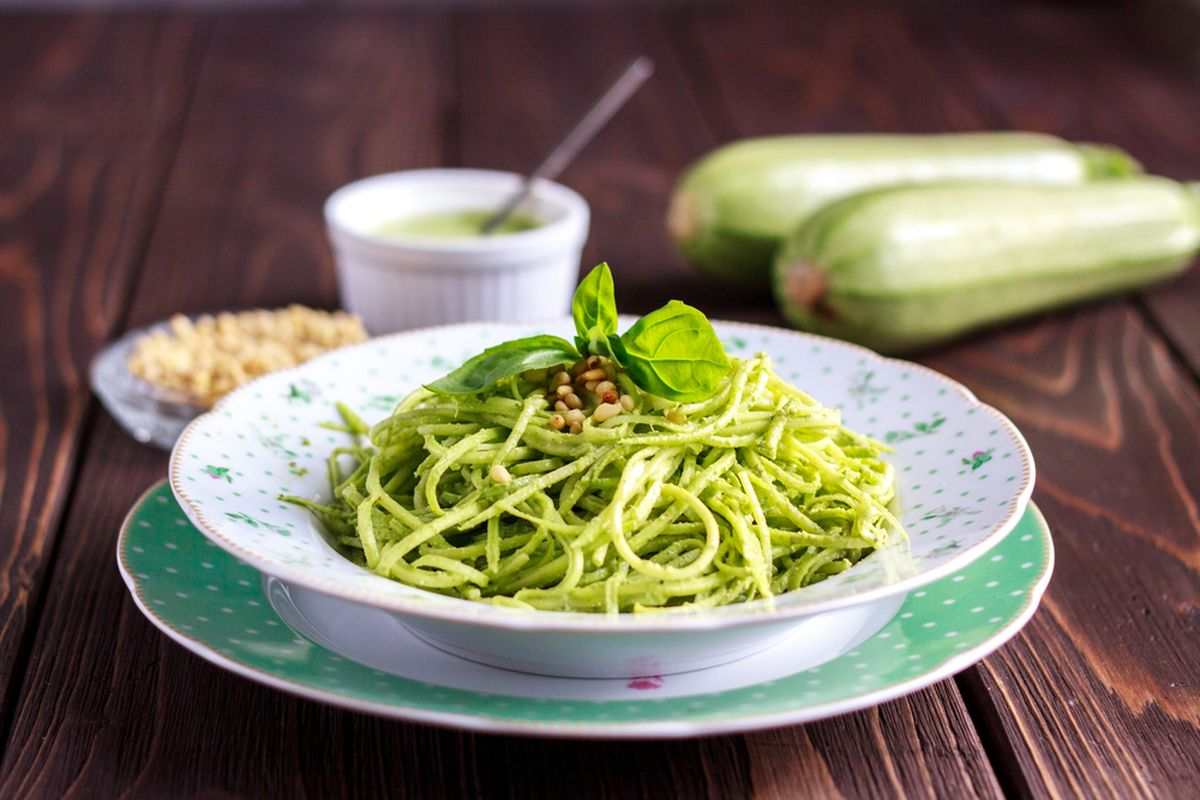
This is accomplished by allowing the mozzarella to come to room temperature.
The following are some pointers that will be useful in achieving success:
In place of the shallots or onions called for in this recipe, you may substitute garlic instead. You have the option of substituting yellow summer squash for the zucchini.
If you want the mixture to have a darker shade of green, try adding some fresh leaves of basil, spinach, or parsley to it. You are allowed to use any kind of pasta you like, whether it be white, whole wheat, or bean-filled spaghetti.
We will not judge you (an easy way to add more iron to this meal). If you find that your children do not appreciate eating their food without any additional sauce, you may choose to serve Korean spaghetti with a dab of sauce on top of each serving.
Be careful to drain some of the boiling water from the pasta and set it aside; you’ll need it later as a liquid ingredient in the sauce, so don’t forget to remove part of it.
You may make your recipe unique by using elements such as Parmesan cheese, lemon juice, and black pepper.
If this is what you choose to do, you are more than free to use yellow summer squash in the grading process. The recipe would have a more energizing and eye-catching appearance if you were to incorporate some fresh basil, spinach, or parsley leaves into it.
You are welcome to substitute the normal pasta with whole wheat pasta, bean pasta, or even simply ordinary pasta in favor of the usual pasta.
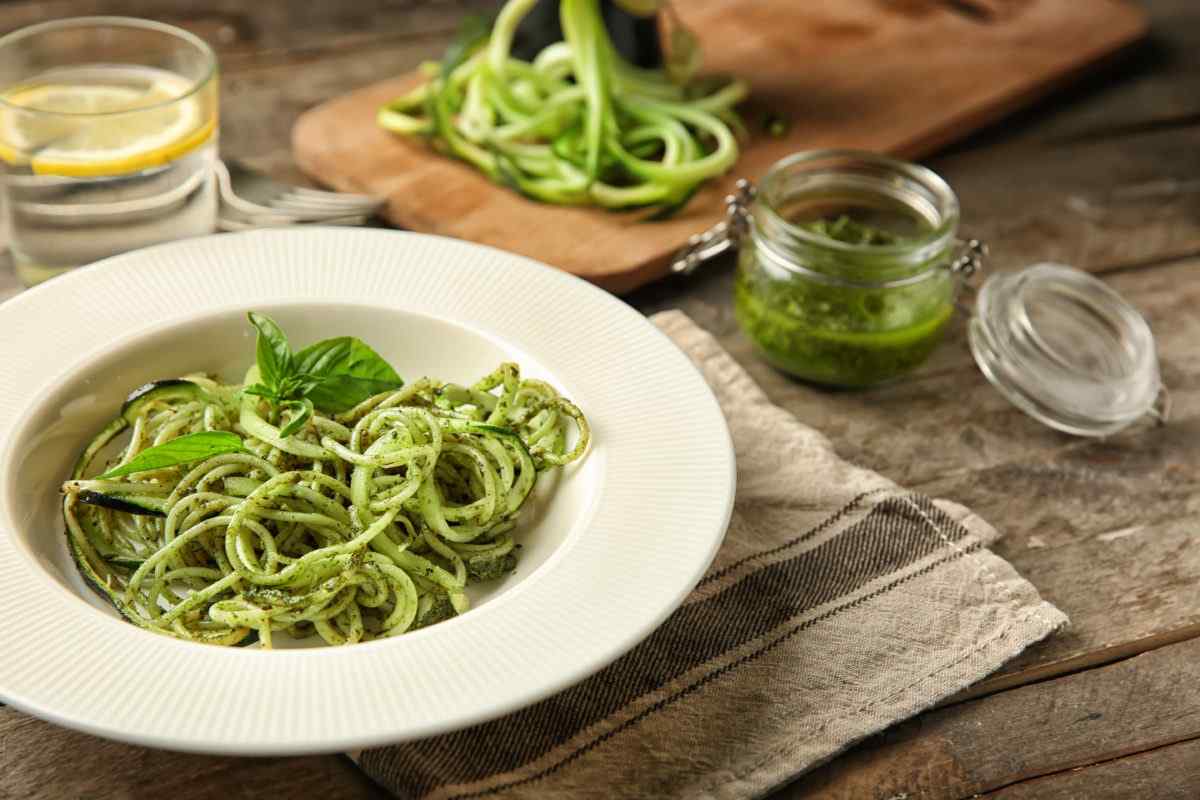
Quick Pasta Sauce
Use a lot more garlic than you believe you will need to produce the very best and quick garlic butter pasta sauce possible.
This will allow you to achieve the sauce’s full potential. Even though the recipe is only designed to feed two people, it calls for the entire head of the ingredient to be used in the preparation. This is not a typo.
The peppery and spicy flavor evolves into a flavor that is warm, pleasant, and tasty, and because of this metamorphosis, it is impossible to take an excessive quantity of it.
After it has been made, the pasta needs to be let to drain in a colander, which calls for extreme caution on the part of the chef.
If additional seasoning is required or the sauce thickens to an extreme degree, we will have salted water and starch available for use when either of these two scenarios occurs. If either of these two scenarios occurs, we will have salted water and starch available for use.
You are free to raise the temperature, but you should be aware that once it has been left to rest for a while, it will become more viscous and adherent if you do not stir it.
The concept of “optional,” which is synonymous with “voluntary,” does a good job of capturing the essence of the rewards and recognition that are bestowed voluntarily.
They are of the view that the most crucial phase in the process of creating an amazing small dinner is to use as few components as is humanly possible. They believe this to be the single most critical step.
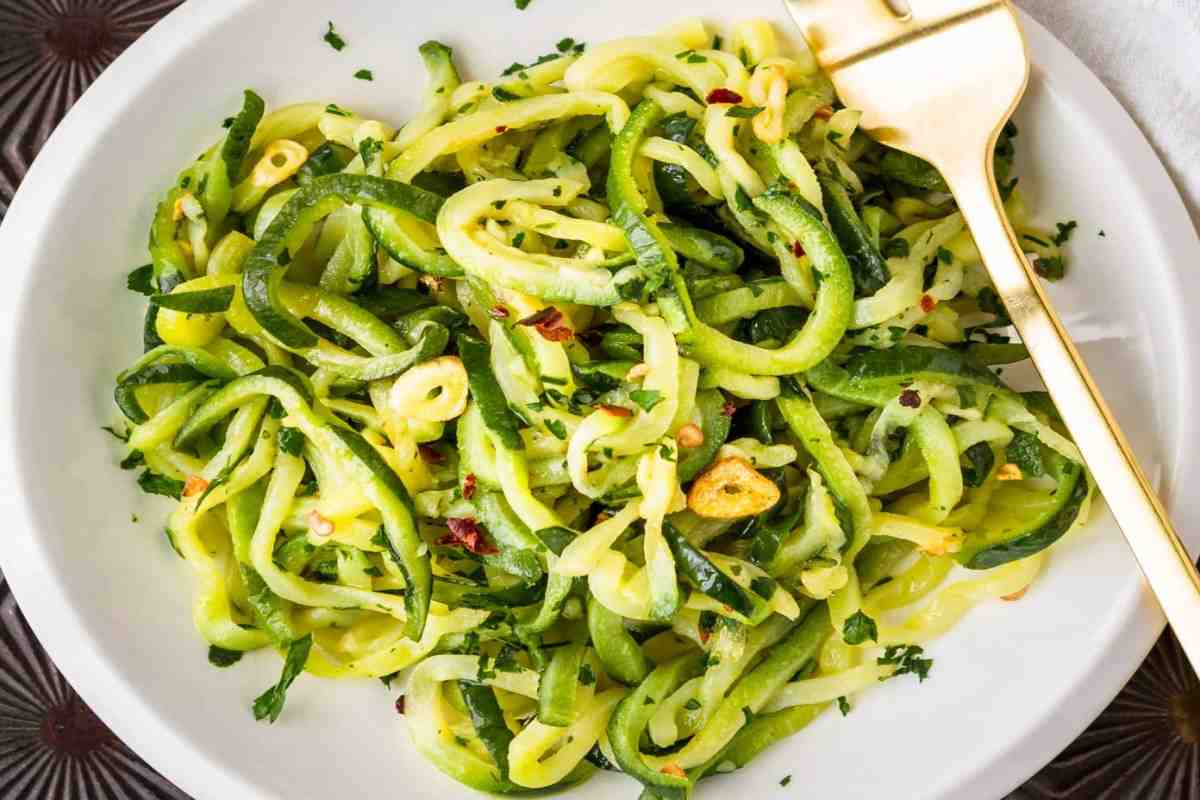
Herbs and seasonings that are good include parsley, basil, or thyme that has been chopped very finely, red or black pepper flakes that have just been crushed, and shredded parmesan or pecorino cheese.
The tapas constitute the main course, and there are three distinct varieties available for you to choose from. They come with a coating that is shimmering butter and garlic, and it is fantastic.
The topping also comes on top of them. The following are some other techniques for generating a tasty sauce prepared with garlic butter: This meal would benefit greatly from the inclusion of any kind of butter.
Now is the time to indulge in some of your favorite spreads, especially if you are a butter enthusiast like I am and want to spread “special” butter on your morning toast and baked potatoes (I recommend full-fat, sunny Curry Gold).
Because of the significant part that it plays in the overall construction of the condiment, butter is an important ingredient that must be included in the recipe.
If unsalted butter is not easily obtainable, you may use salted butter in its stead. This is an acceptable substitution.
Simply reduce the amount of salt you use in the next steps, and wait to decide whether or not additional salt is necessary until after you have tasted the finished product.
Make sure the water has been properly seasoned by adding approximately 1 tablespoon of Diamond Crystal kosher salt for every quart of water before you add the pasta to the pot. This will ensure that the pasta cooks correctly.
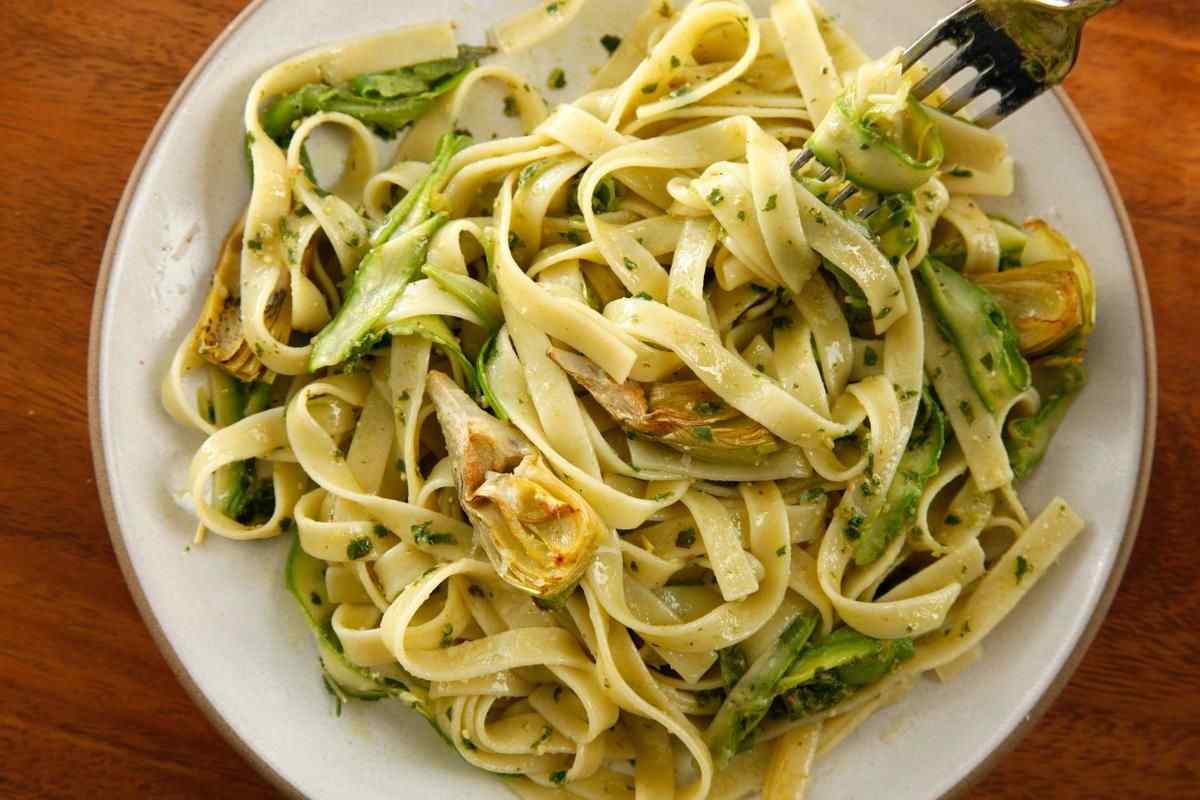
This stage needs to be finished before you can proceed with adding the pasta. But! It is advised that two teaspoons of salt be used for every liter of water; however, it is acceptable to reduce the amount to one teaspoon per liter or one-half of a teaspoon per liter.
You alone are responsible for determining which of the accessible choices you will ultimately go with. In addition, before moving forward, you are not required to perform any sort of salt or water measurement by weighing.
You need only cast a cursory glance in their way to deduce that they will treat the spaghetti with the highest possible level of attention and care.
It is recommended that you use pasta of any sort (it multiplies! it multiplies!) to achieve the greatest results while following this recipe.
My go-to selections contain a lot of nooks and crannies, such as fusilli, rigatoni, or cavatappi; this gives a place for the garlic pieces to hide, which is why they are my go-to picks.
However, other types of pasta that are long and winding, such as spaghetti, linguine, or bucatini, would also be an excellent selection for a gourmet meal because they are all excellent choices.
It may be a form of cooked pasta that’s created from whole wheat and walnuts, and it’s been prepared. Just get it done.
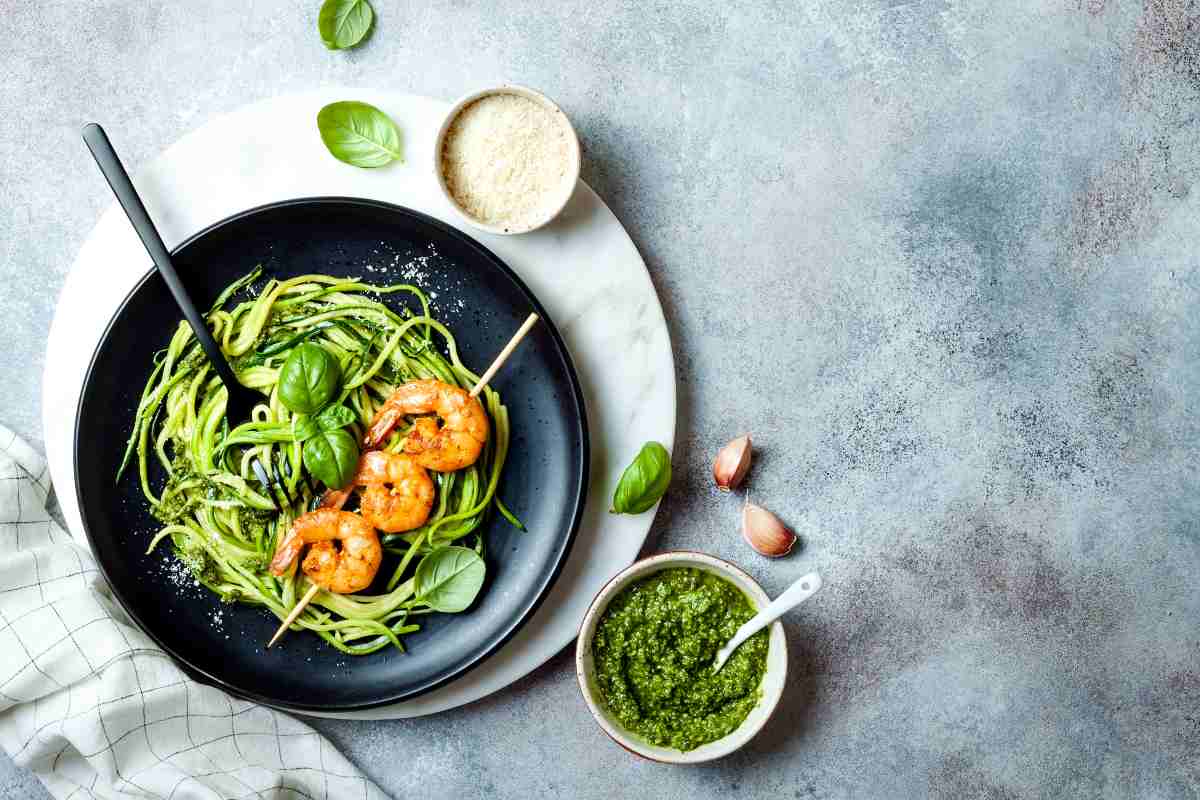
Direction:
Place a large pot with water inside it on the stovetop, and then bring the water to a boil over high heat. While that is going on, get the garlic ready by first removing the papery covering and then chopping the cloves into extremely little pieces.
When the water reaches a rolling boil, add the pasta to the pot along with a sufficient quantity of salt, and continue boiling the pasta until it reaches the “al dente” stage of cooking.
Be sure to follow the directions on the package to ensure that the end product has the appropriate level of crunch. In a separate saucepan, the butter should be melted, and then the garlic should be added while the temperature is maintained at a low setting.
The color of the garlic will change to a golden color after it has been stirred or twisted for approximately three to seven minutes. This will take place whether the food is raw or cooked, independent of the preparation method.
Pour the ingredients straight away onto the dish that will be used to serve it (garlic will quickly change from golden and sweet to brown and bitter). To do this, you may use a spider or tongs to move the paste into the garlic butter.
Alternatively, you might use a spoon (depending on the form). Once all of the components of the sauce have been fully blended and the consistency has been corrected using the pasta water that has been kept, the sauce should have a velvety smooth texture.
As soon as you finish adding the drizzle or the toppings of your choosing to the dish, whichever comes first, the meal should be served as quickly as possible.

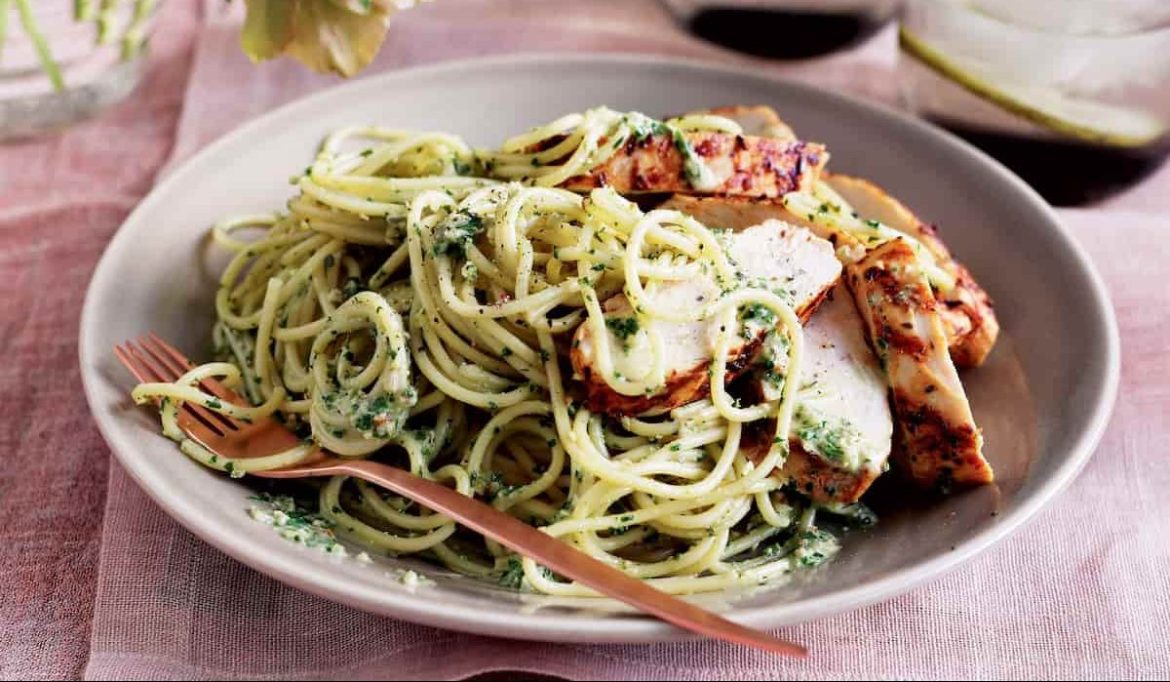
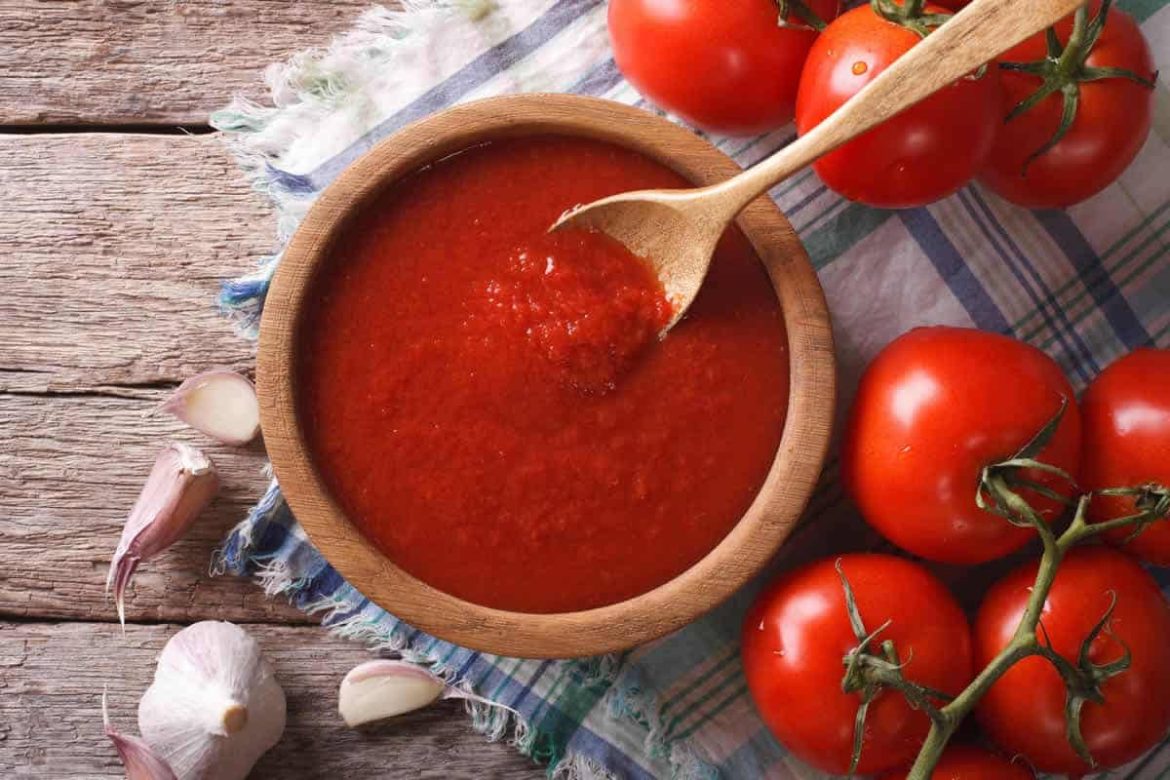
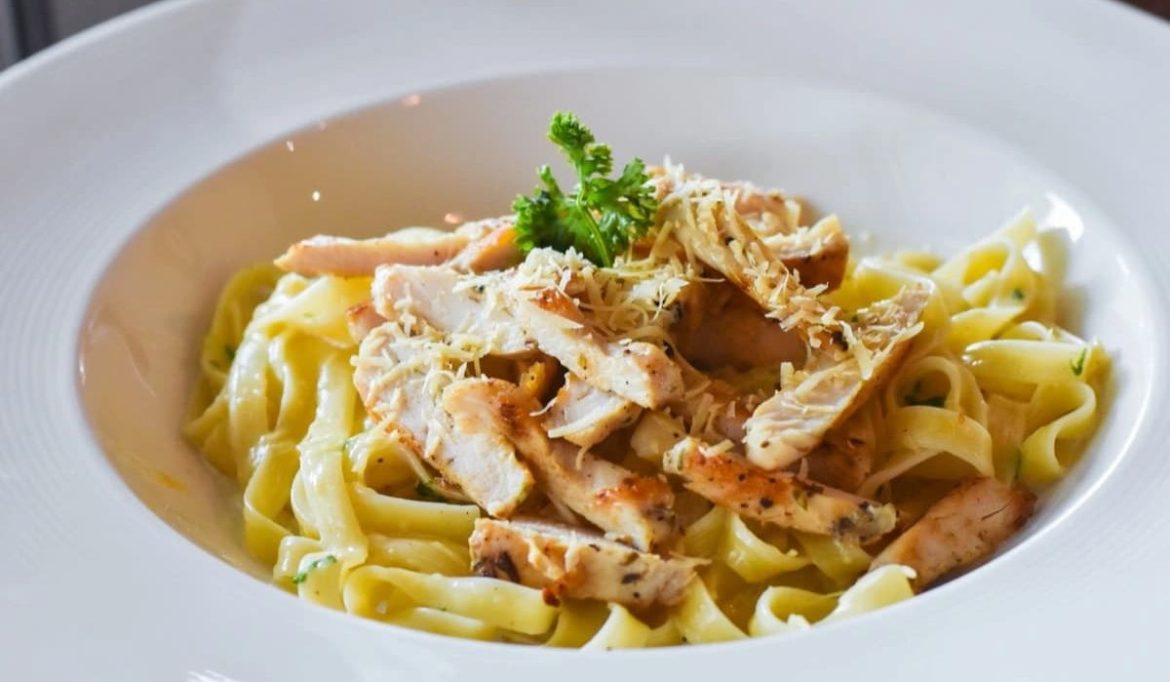
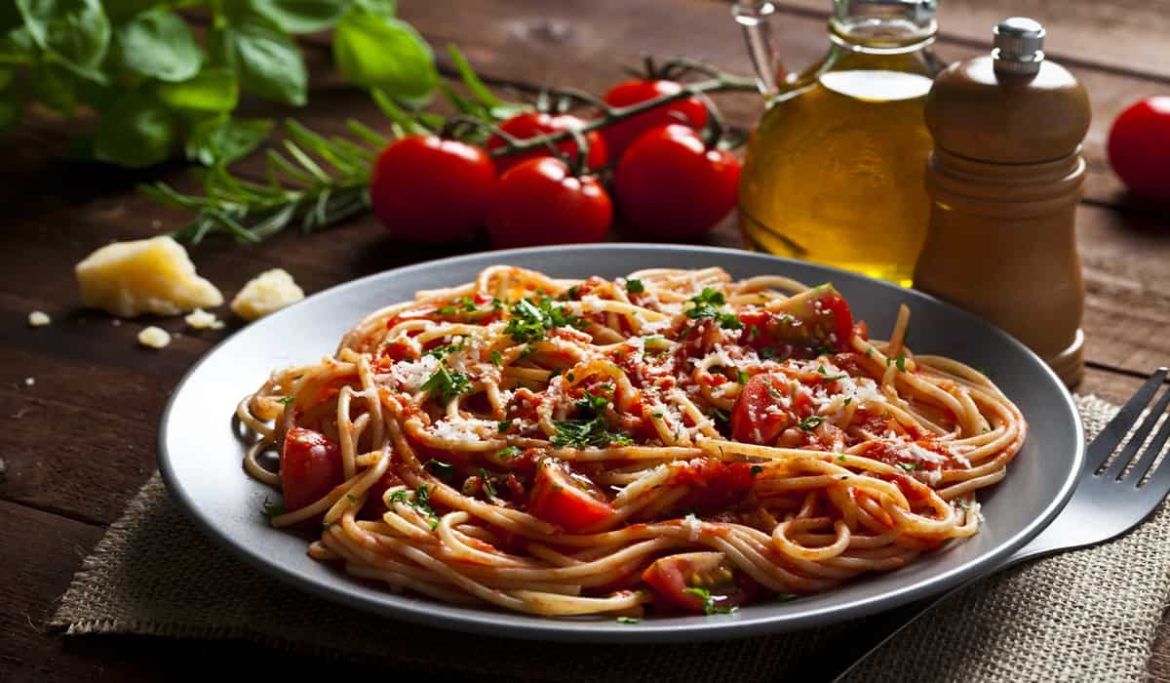
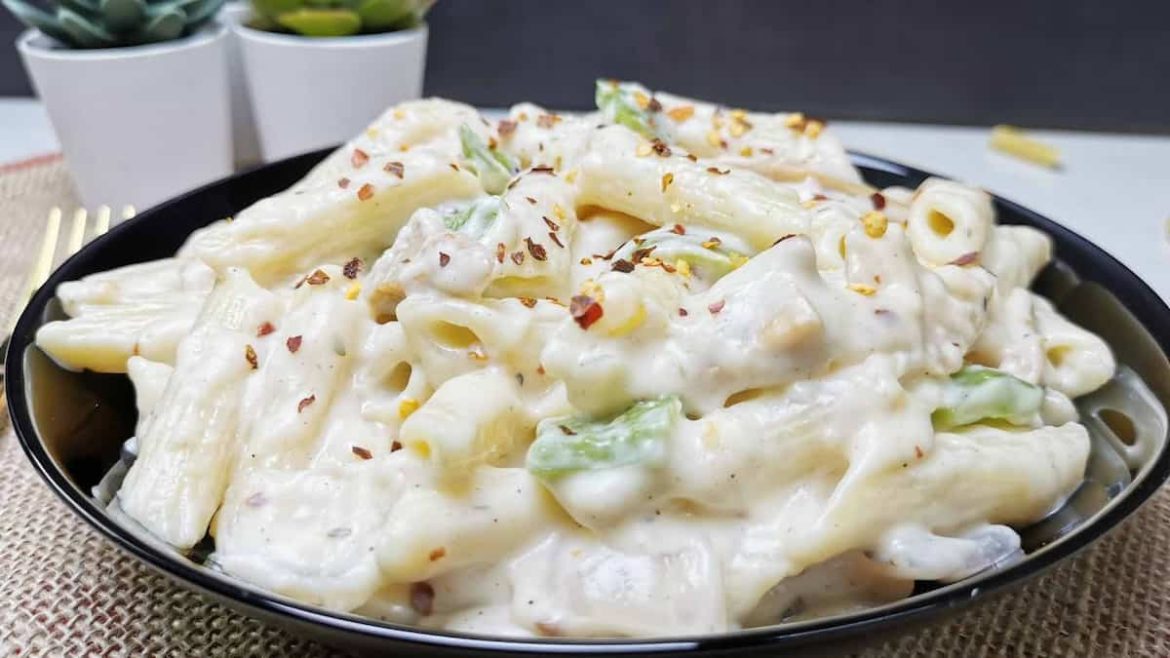
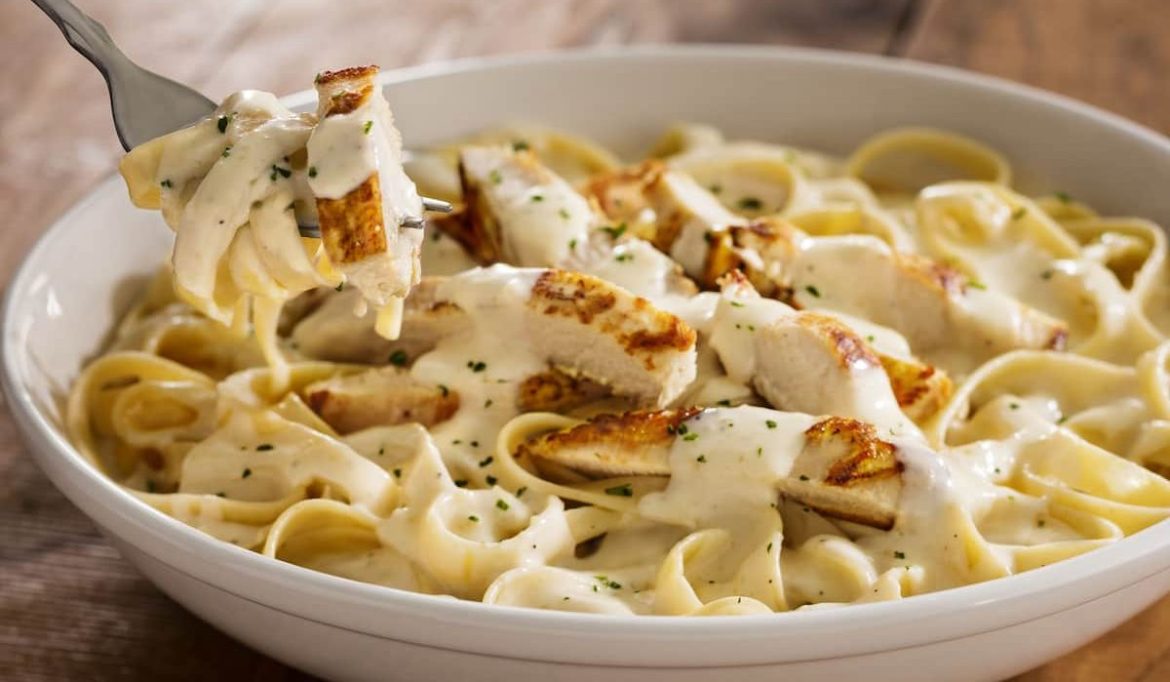
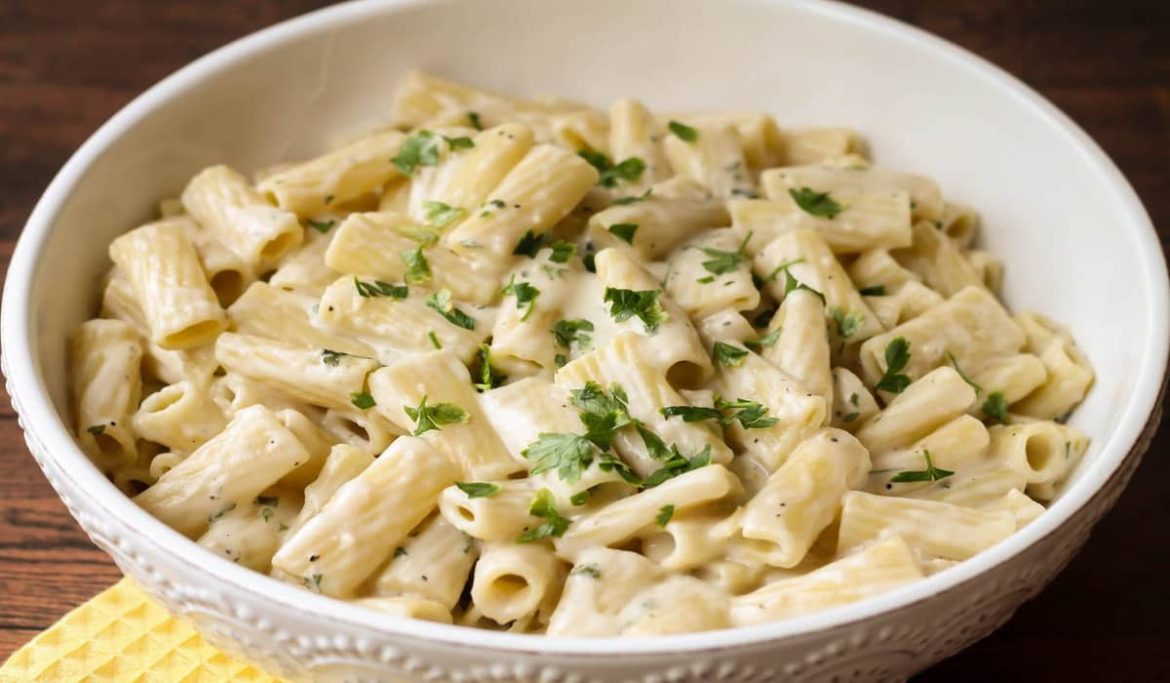
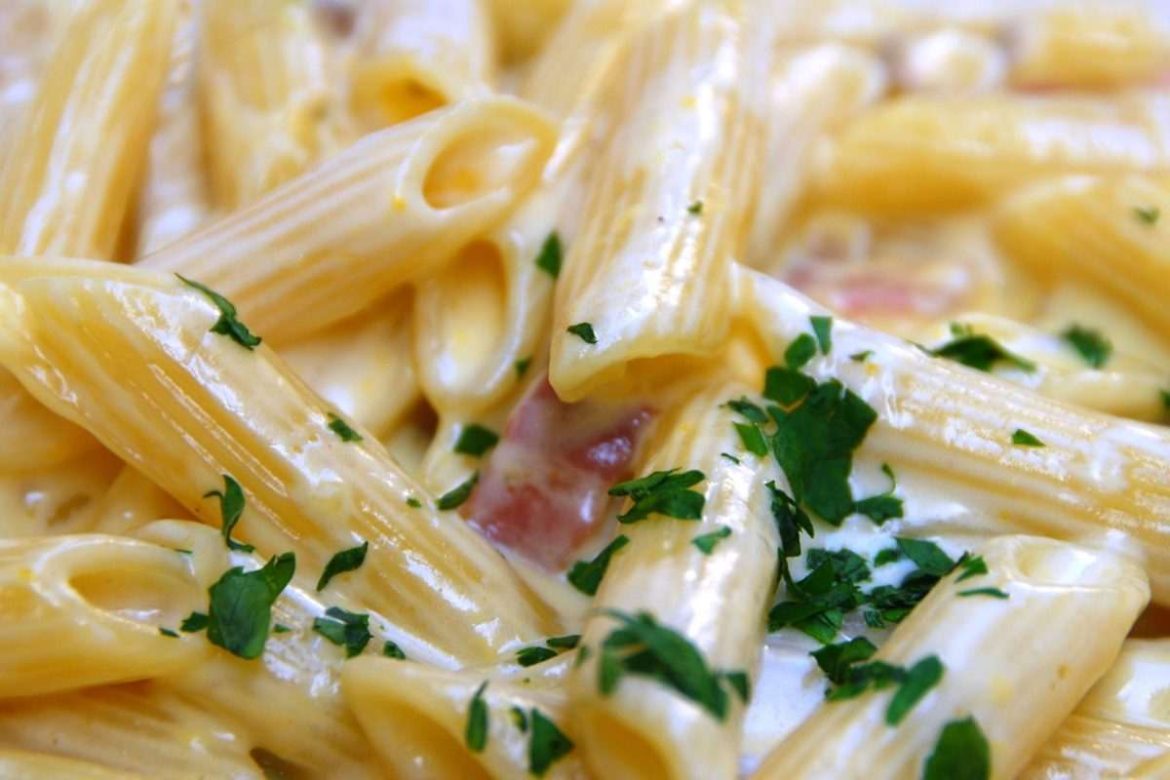
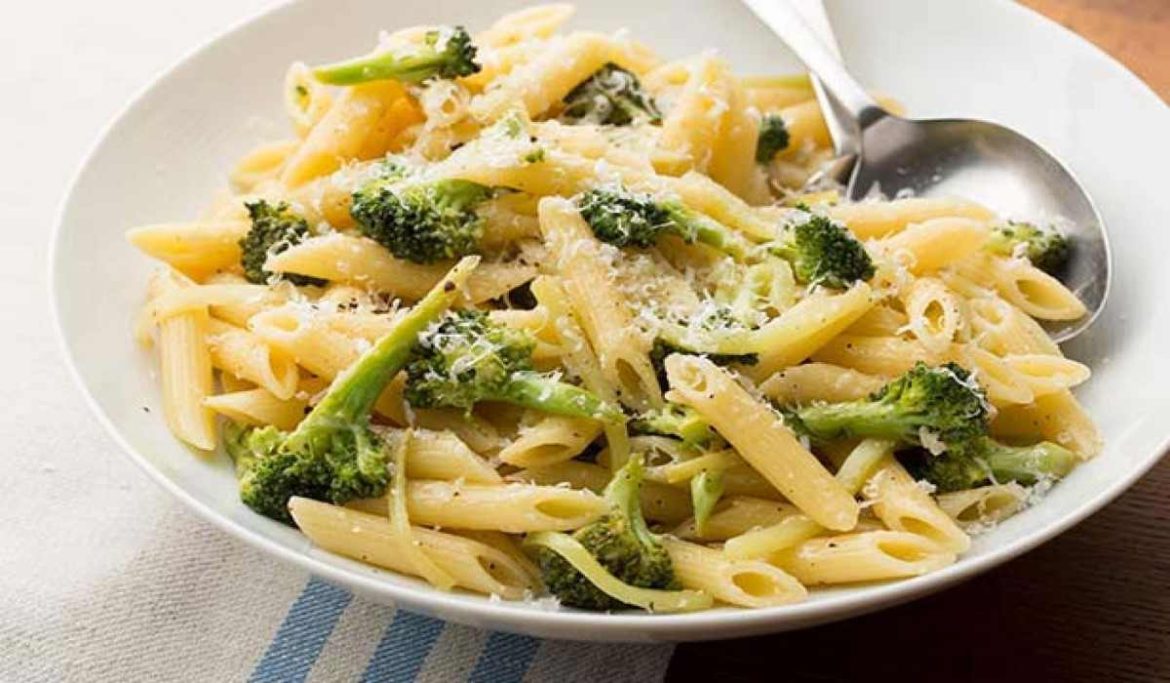
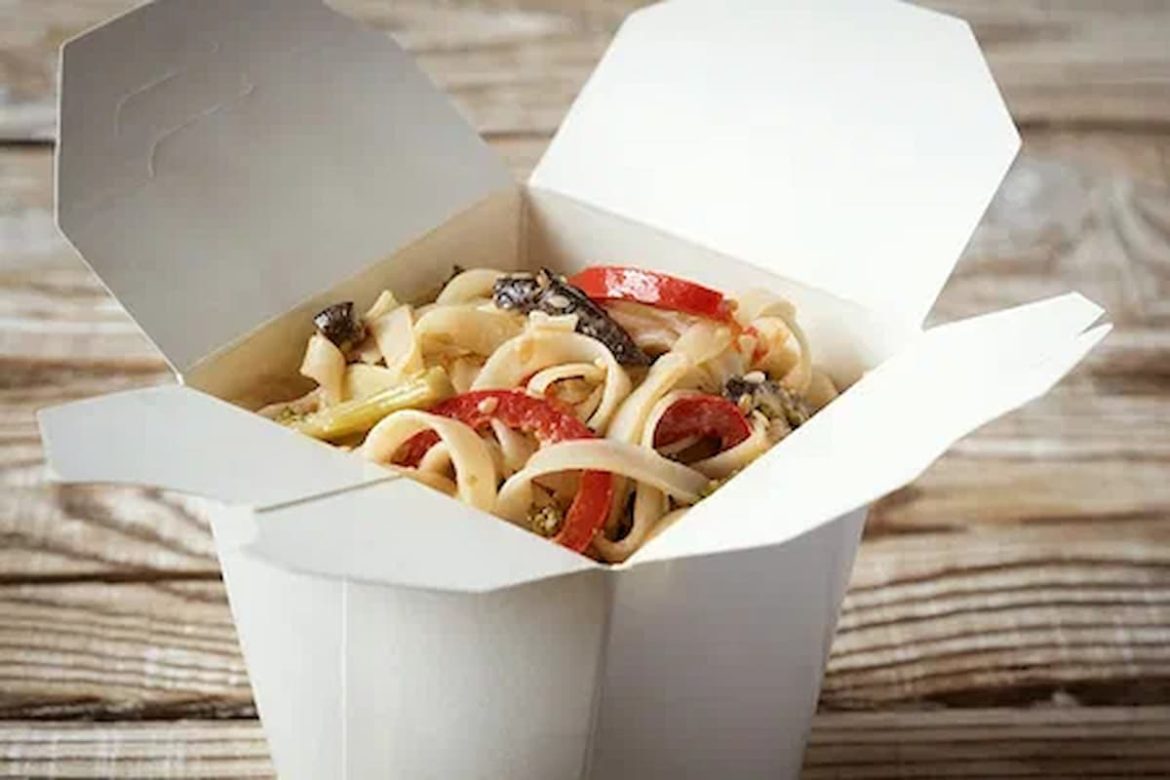
Your comment submitted.